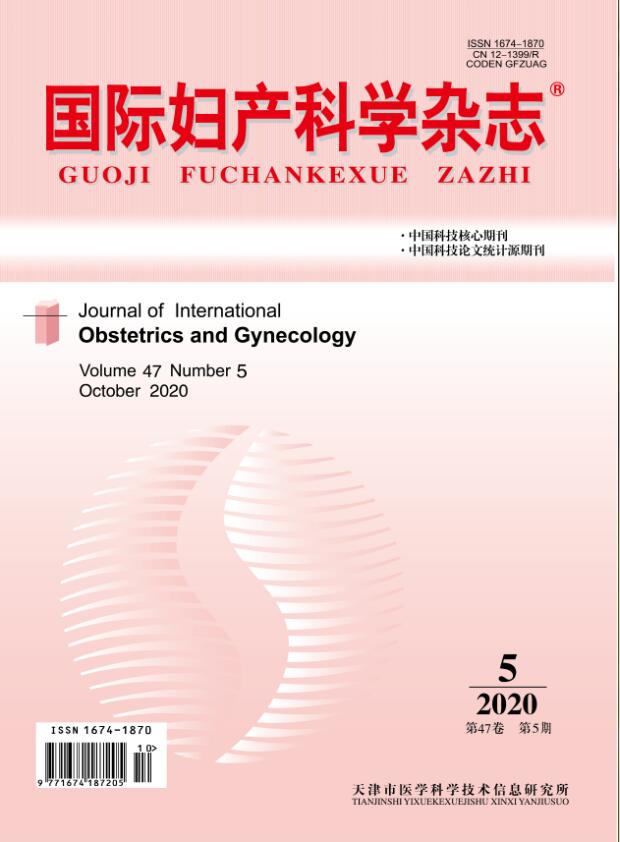|
|
Current Situation of the Treatments for Adenomyosis
JIANG Xiao-xiang;XIANG Shuang-wei
2010, 37 (5):
355-358.
Two treatments for adenomyosis are by pharmacology and surgery. The clinical commonly used medicines are gonadotropin-releasing hormone agonists, oral contraceptives, androgen derivatives, progesterone hormones, mifepristone; the efficacy of aromatase inhibitors and cycloo-xygenase-2 inhibitors for adenomyosis is being studied now; anti-invasion medicines, anti-angiogenesis medicines, receptor interference and gene therapy will be gradually used for the treatments for adenomyosis. Surgical treatments for adenomyosis includes radical surgery and conservative surgery. The radical surgery is hysterectomy. The conservative surgery includes endometrial resection, myometrial adenomyomas or uterine lesion resection, pelvic denervation surgery, laparoscopic uterine artery blockage, uterine artery embolization and magnetic resonance guided focused ultrasound surgery (MRgFUS) and so on.
Related Articles |
Metrics
|

